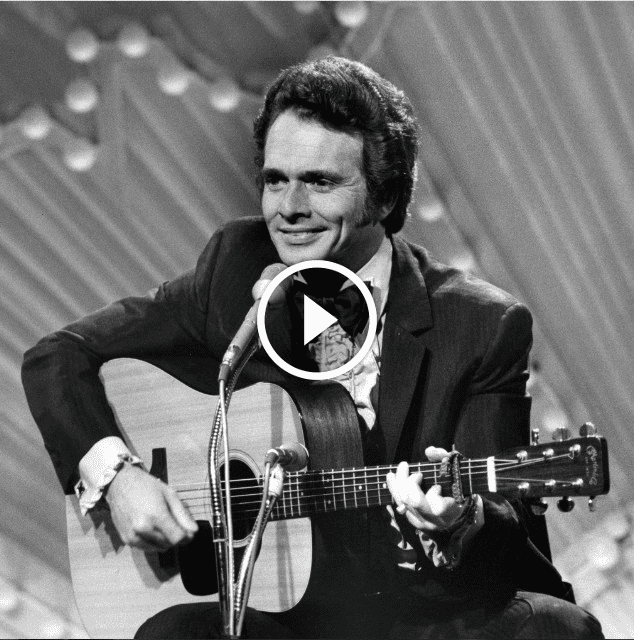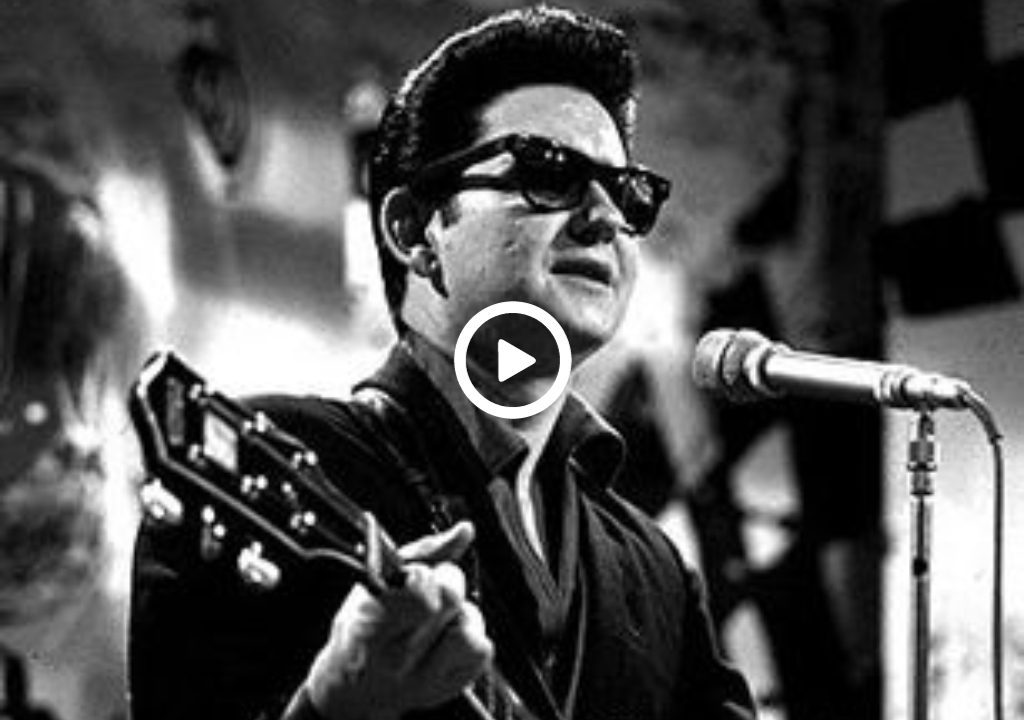In 1969, amidst the electrifying energy of the burgeoning psychedelic rock scene, Janis Joplin released a song that defied expectations and showcased a lesser-known facet of her artistry. “Maybe,” a bluesy ballad originally written by Barrett Richard, became a unique addition to Joplin’s repertoire, revealing a vulnerability and emotional depth that often went unseen beneath her powerful stage presence and boisterous personality.
Falling squarely within the realm of psychedelic blues, the song features a slow, melancholic tempo, a simple yet soulful piano melody, and a subdued yet impactful arrangement. This gentle soundscape stands in stark contrast to the driving blues-rock that characterized many of Joplin’s other recordings.
Joplin’s voice takes center stage, stripping away the raw power and bluesy grit she often employed, and instead delivering the song with a heartfelt sincerity and delicate touch. She imbues the lyrics, “Oh if I could pray and I try, dear, you might come back home, home to me,” with a potent blend of longing and desperation, capturing the vulnerability of a lover pleading for reconciliation.
“Maybe” did not achieve the same level of commercial success as some of Joplin’s other songs. However, it holds significant artistic importance for several reasons. Firstly, it showcases her remarkable versatility as a vocalist, demonstrating her ability to deliver nuanced and emotionally charged performances beyond her signature blues-rock style. Secondly, it allows listeners to connect with a more intimate and vulnerable side of Joplin, revealing the emotional depth and personal struggles that often lay beneath her captivating stage persona. Finally, it serves as a powerful testament to the universality of human emotions, reminding us that even the most powerful voices can carry a yearning for connection and the fragility of love.
As we delve deeper into “Maybe,” we will explore the interplay between the melancholic melody and the stripped-down musical arrangement. We will analyze Joplin’s vocal performance, highlighting the emotional vulnerability and nuanced delivery she brings to the song. Finally, we will examine the song’s significance within Joplin’s artistic journey and its place within the broader landscape of late-1960s rock music.


